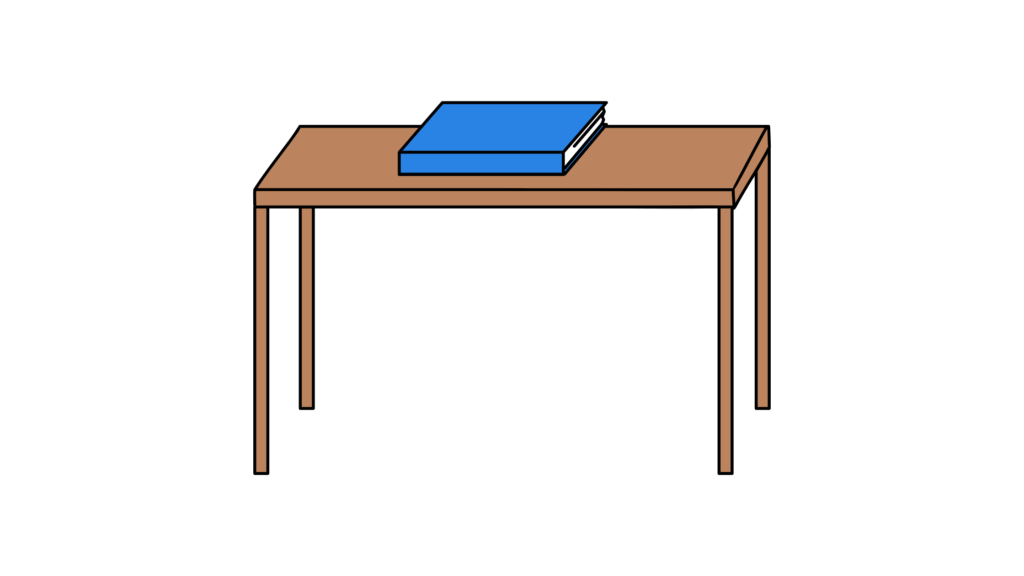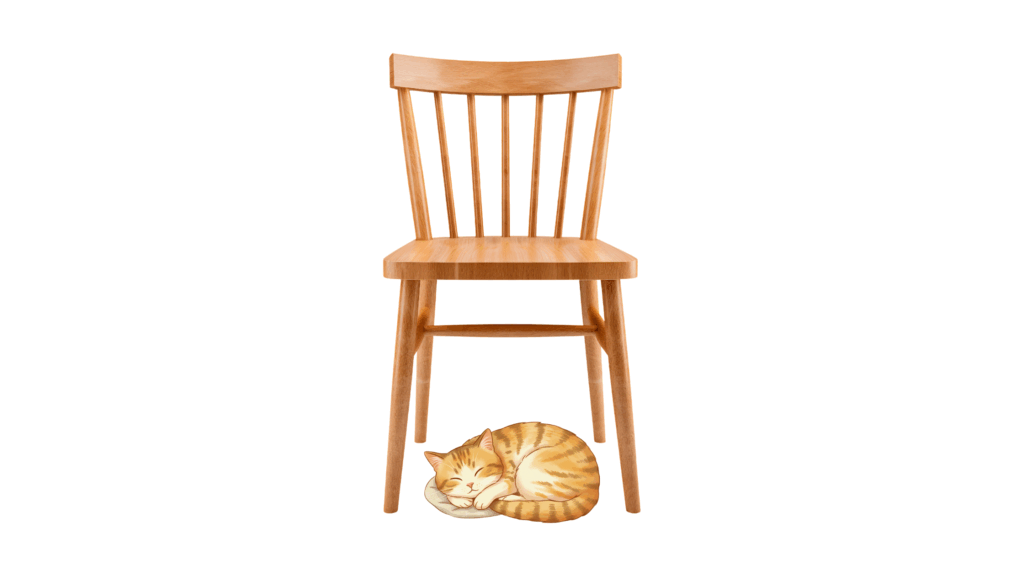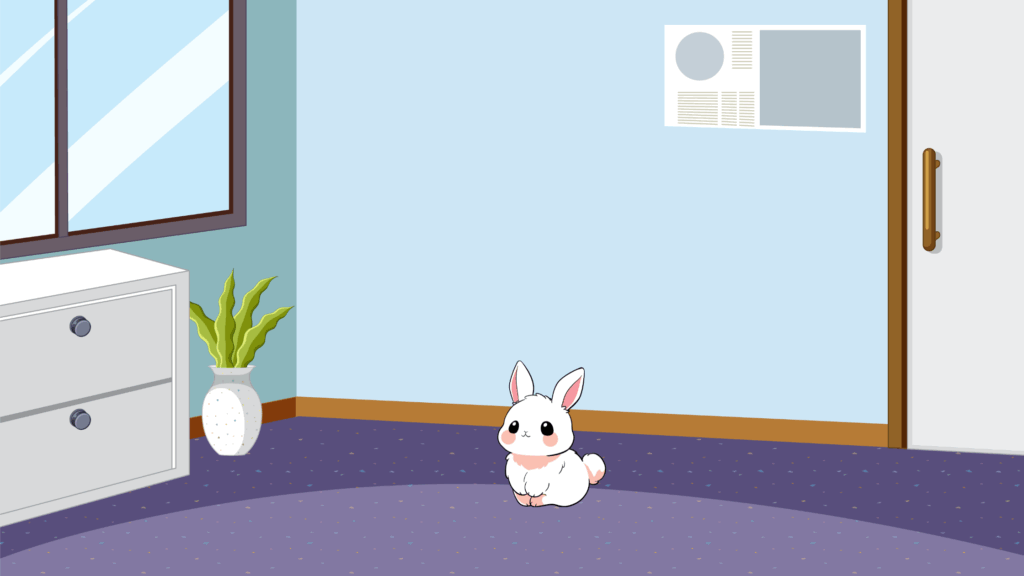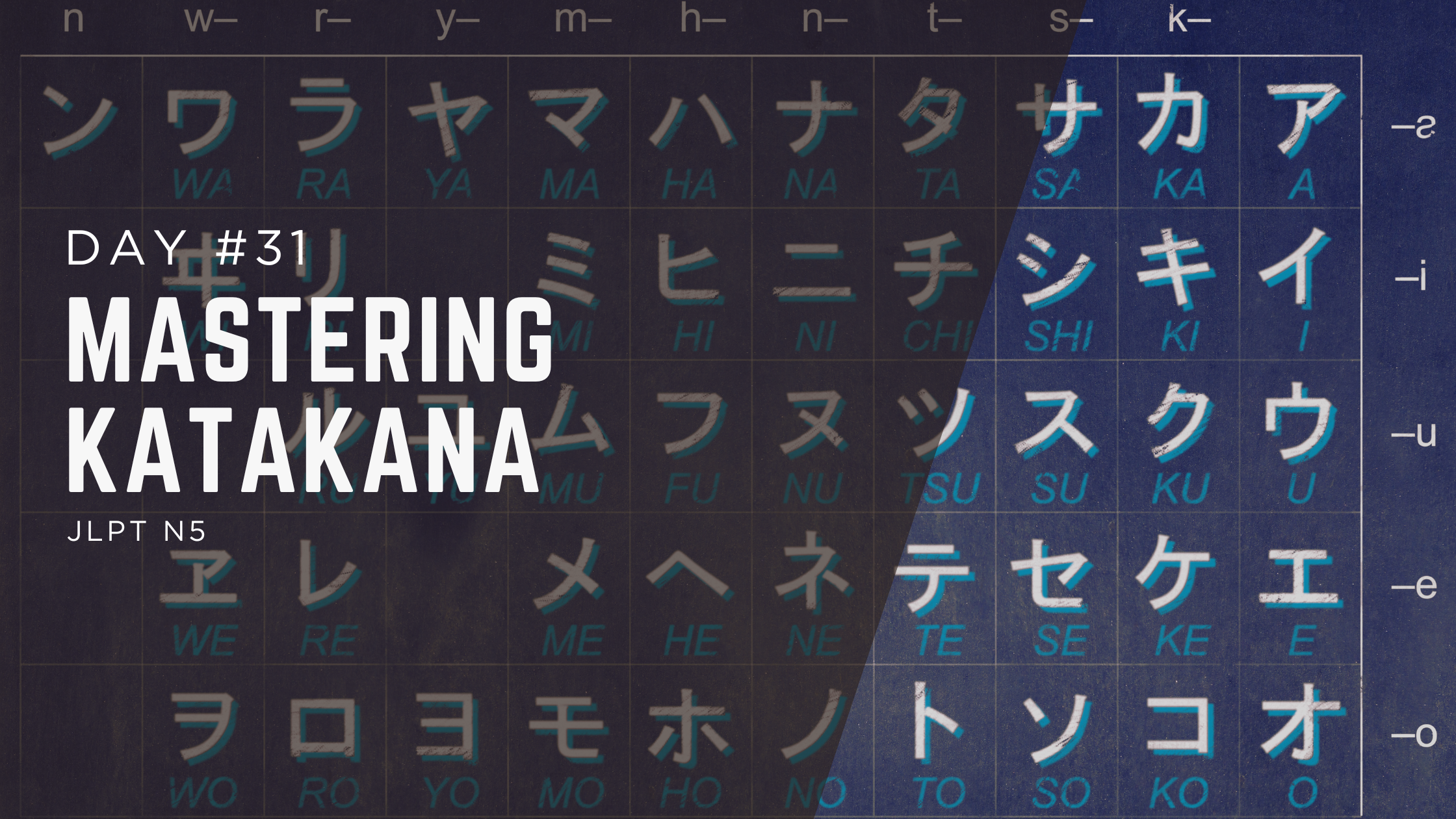Welcome to Day 32 of your Japanese learning journey!
Today, we dive into essential positional expressions used in Japanese, specifically those covered in the JLPT N5 level.
These phrases help you describe where things are located, making them vital for everyday conversations.
What Are Positional Expressions?
In Japanese, positional expressions describe the location of an object relative to another.
They often follow the pattern [object] の [position], where 「の」 connects the object to its position.
For example, 「つくえ の うえ」 means “on the desk.”
These phrases are simple yet crucial for describing spatial relationships in JLPT N5.
JLPT N5 Positional Expressions Explained
Below, we cover the seven JLPT N5 positional expressions, with their meanings, structures, and examples.
1. ~ の うえ (On / Above)

Meaning: Indicates something is on or above a surface, like a table or shelf.
Structure: [Object] の うえ
Example:
- つくえ の うえ に ほん が あります。
(There is a book on the desk.)
2. ~のした (Under / Below)

Meaning: Refers to something under or below an object, often implying it’s beneath a surface.
Structure: [Object] の した
Example:
- いす の した に ねこ が います。
(There is a cat under the chair.)
3. ~ の なか (Inside)

Meaning: Describes something inside a container or enclosed space, like bags or rooms.
Structure: [Object] の なか
Example:
- へや の なか に うさぎ が います。
(There is a rabbit in the room.)
4. ~ の よこ (Side, Next to)

Meaning: Indicates something is on the side of an object.
Structure: [Object] の よこ
Example:
- テレビ の よこ に ソファー が あります。
(There is a sofa next to the TV.)
5. ~ の うしろ (Behind)

Meaning: Describes something located behind an object.
Structure: [Object] の うしろ
Example:
- いえ の うしろ に き が あります。
(There is a tree behind the house.)
6. ~ の まえ (In Front)

Meaning: Refers to something in front of an object.
Structure: [Object] の まえ
Example:
- おとこ の こ の まえ に ボール が あります。
(There is a ball in front of the boy.)
Conclusion
Mastering 「~のうえ」「~のした」「~のなか」「~のよこ」「~のうしろ」「~のまえ」 is a key step for JLPT N5 learners.
These positional expressions allow you to describe where things are with confidence, enhancing your ability to communicate in Japanese.
Practice these phrases regularly to build fluency and prepare for your JLPT N5 exam.
Stay tuned for Day 33, where we’ll explore more essential Japanese grammar!



